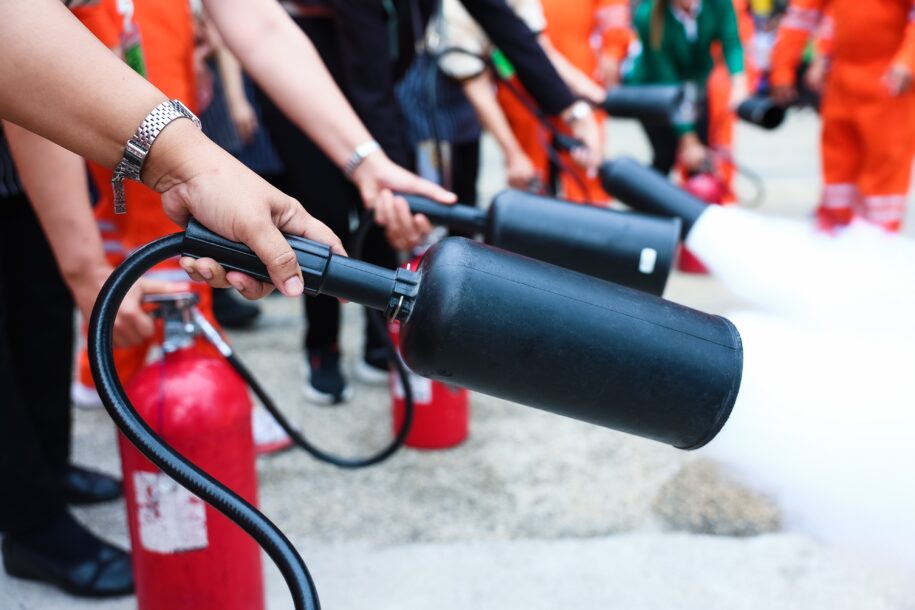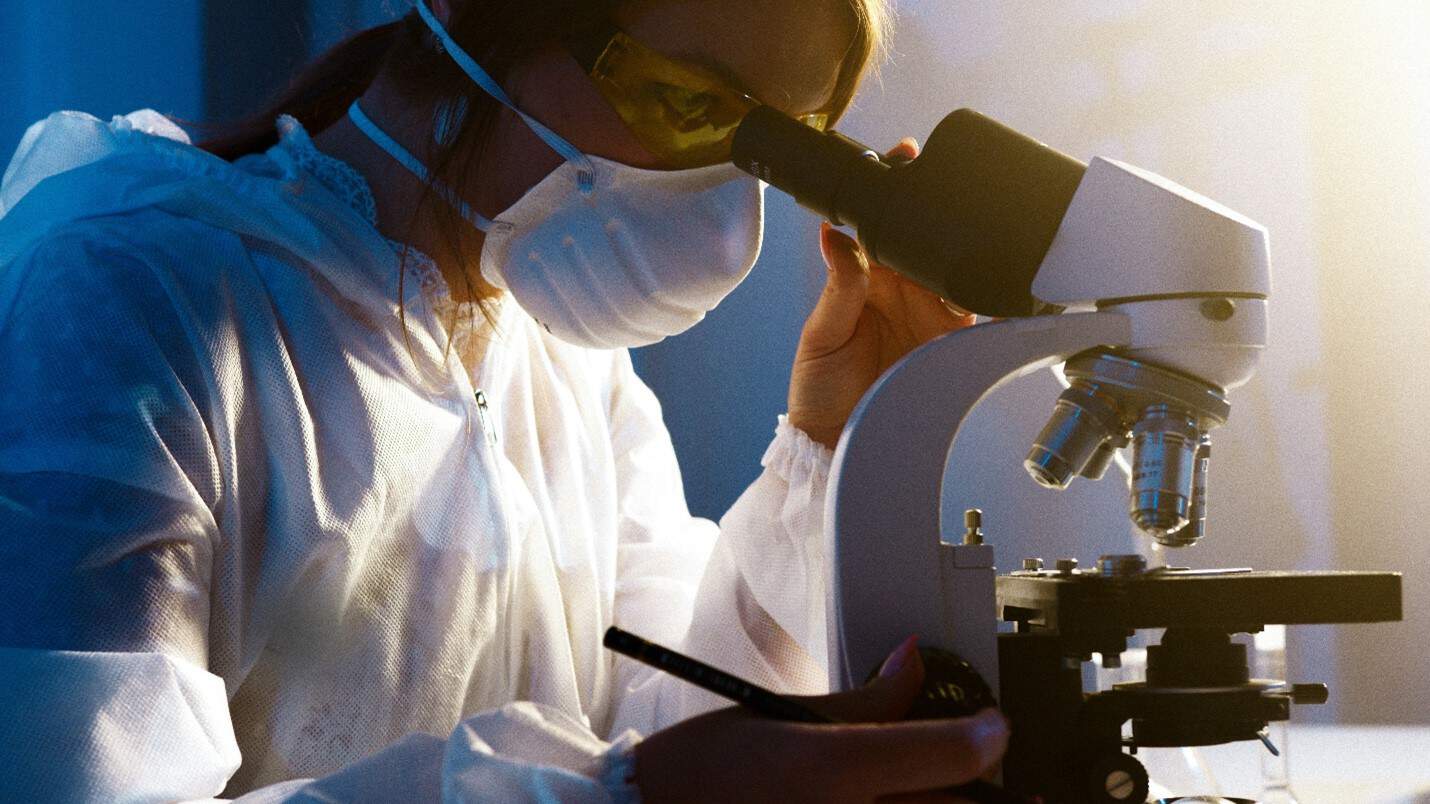Have you ever had a large spill at home? Toppled an entire mug of coffee, glass of water, or even jug of milk and froze for a moment wondering where to start? Accidents can sometimes evoke a moment of panic while responding. Reaching for your favorite dish towel or even article of clothing to sop up the mess instead of reaching for something more practical like paper towels or a mop. From a young age, we’re all taught what to do when you spill something. However, being in the moment and inserting real-life consequences (it will stain the rug!) can make us act irrationally.
Now imagine that scenario but with greater hazards and consequences. Accidents and emergencies in the lab are scary. Even the most well-trained lab workers can react in surprising ways that can make the situation worse. Safety training often communicates how to prevent emergencies and what to do if something goes wrong, but it doesn’t always put lab workers in the middle of a mock emergency scenario to practice in a practical way. Including lab workers in emergency preparedness drills in the lab can help them fully understand what to do and what information they need to have available in an emergency situation.
Disclaimer: The capacity to handle emergency situations will be different for every lab worker. It is important to help them understand when they will need help and how to get out of a dangerous situation.
Small Scale Practice
In-lab mock emergency drills help keep safety training engaging and practical. Help workers piece together how to respond using physical and digital safety information. Review hazard door signage, hazard signage or SOPs in the lab,
Here are some examples of effective in-lab drills:
- Set up stations with mock spills or releases and practice response and cleanup. Have them look for clues in tactics to respond by using the safety signage around them.
- Ever use an eyewash? It’s refreshing! Have lab workers practice pulling the safety shower lever or using an eyewash. It can get messy, so choose an appropriate location and clothing, or partner with your Health and Safety department.
- Partner with your Health and Safety department or local Fire Department for live fire extinguisher training.

Large Scale Practice
The most valuable training exercises for lab workers to attend are full-scale emergency preparedness drills with local emergency responders. Involve them in planning a realistic scenario and participating in the drill, either as a victim or someone with information. Allow natural interactions within the scenario. Test whether lab workers are armed with the information that emergency personnel need at the moment. The perspective of what information is important will differ from lab worker to Health and Safety personnel to Emergency Responder.
Here are some ideas of things to review:
- Were “lab” personnel prepared to respond to questions from emergency responders?
- How did the emergency responders respond to information given to them? Was it useful?
- What were key takeaways that can strengthen lab safety or emergency response programs in the case of a real scenario in the future?
Can lab workers provide key data when it counts, and do they know how to respond to a live emergency? Incorporating small- or large-scale emergency drills during safety training can help lab workers prepare mentally and physically in the case that an accident happens at work.
AUTHOR BIO:-

Jodi started her career as a chemist, spending more than 10 years in various synthetic organic research labs and publishing numerous articles during her undergraduate, graduate, and postdoctoral studies. In 2014, Jodi joined the Health and Safety team at the University of Minnesota, becoming their Chemical Hygiene Officer and ultimately, their Lab Safety Manager.
Jodi joined the SafetyStratus Team in December of 2023, leading their Customer Success Division. In her role with SafetyStratus, Jodi works with clients to improve the efficiency of their programs using technology and also provides technical chemical and lab safety program guidance.



